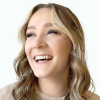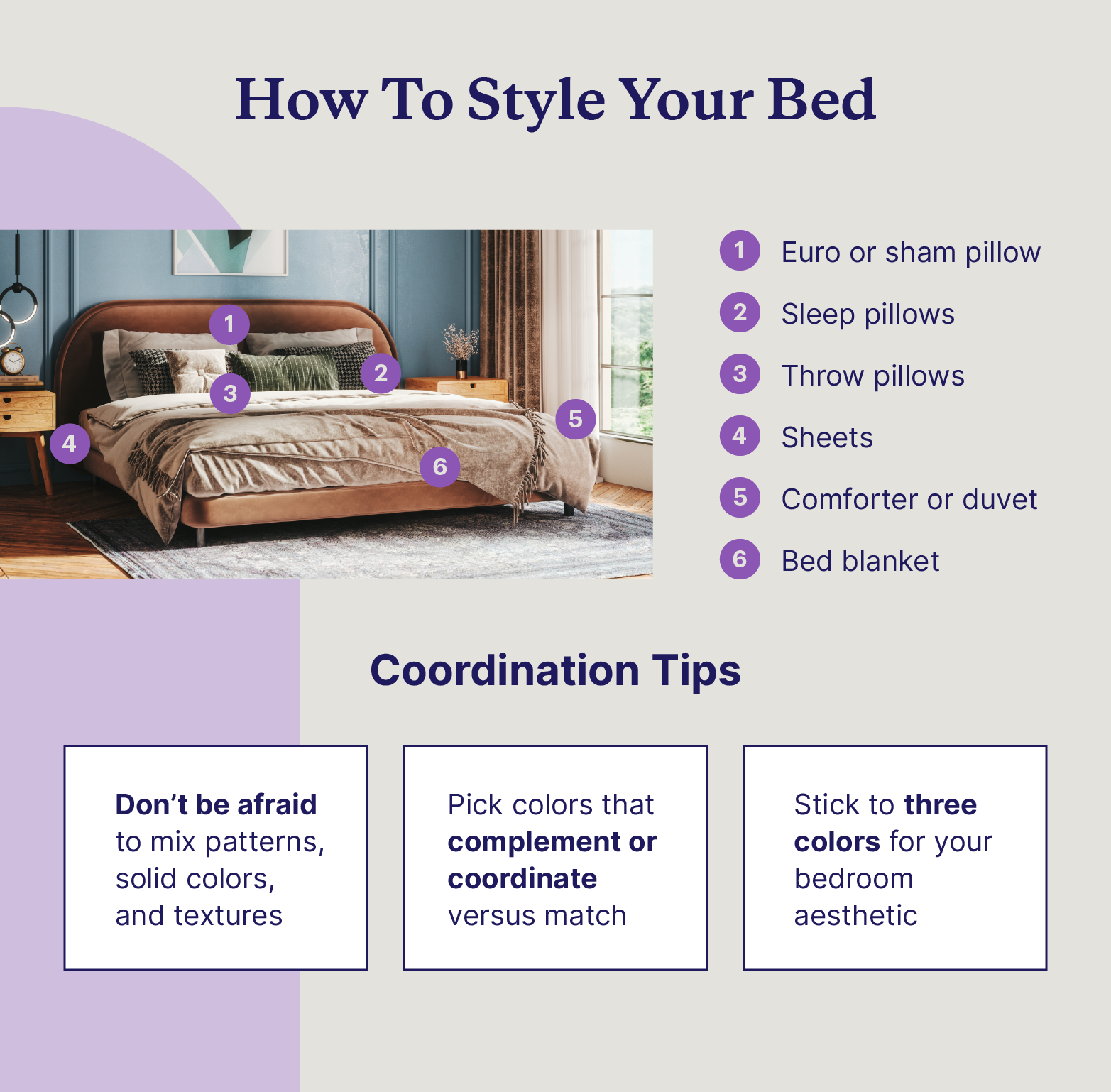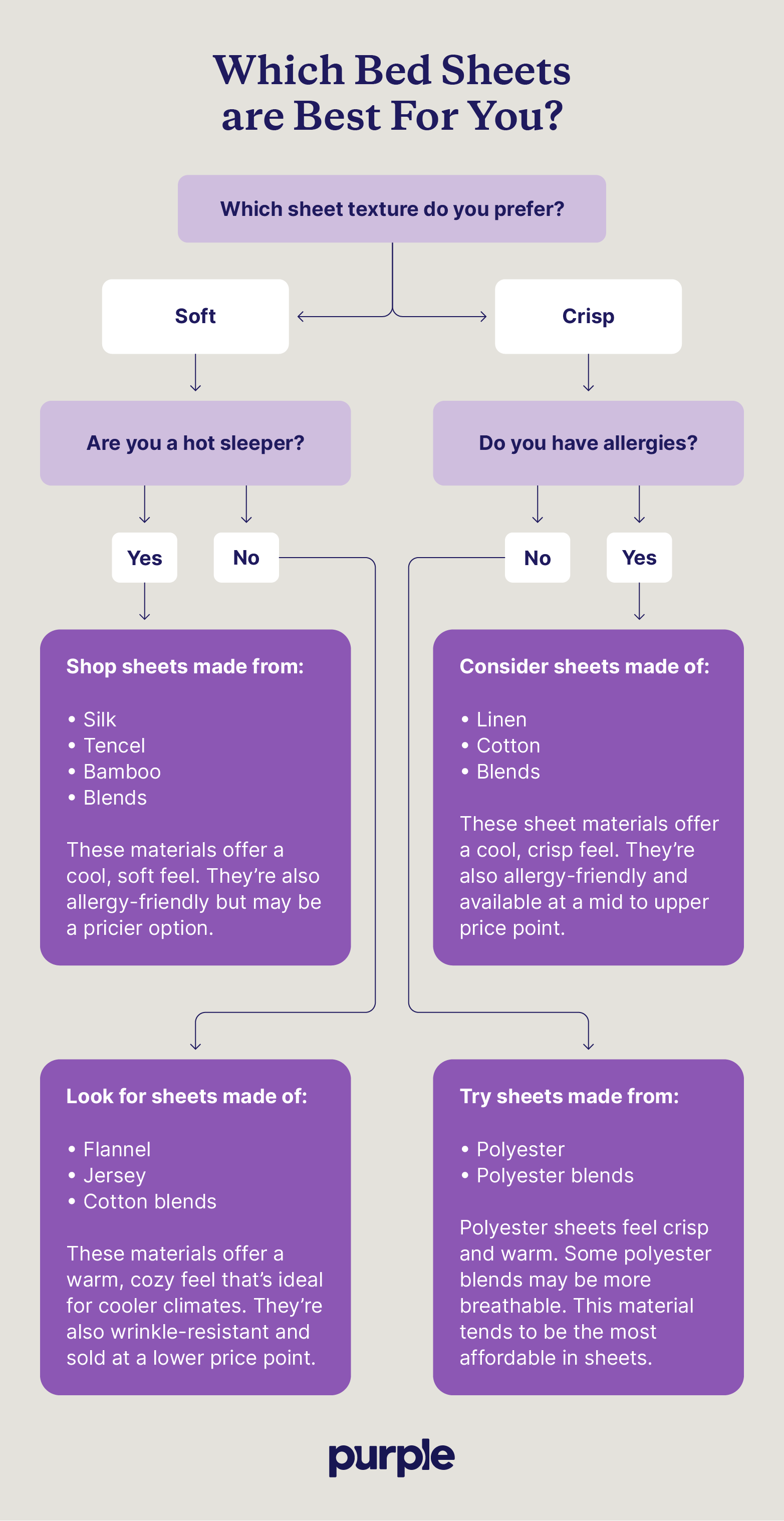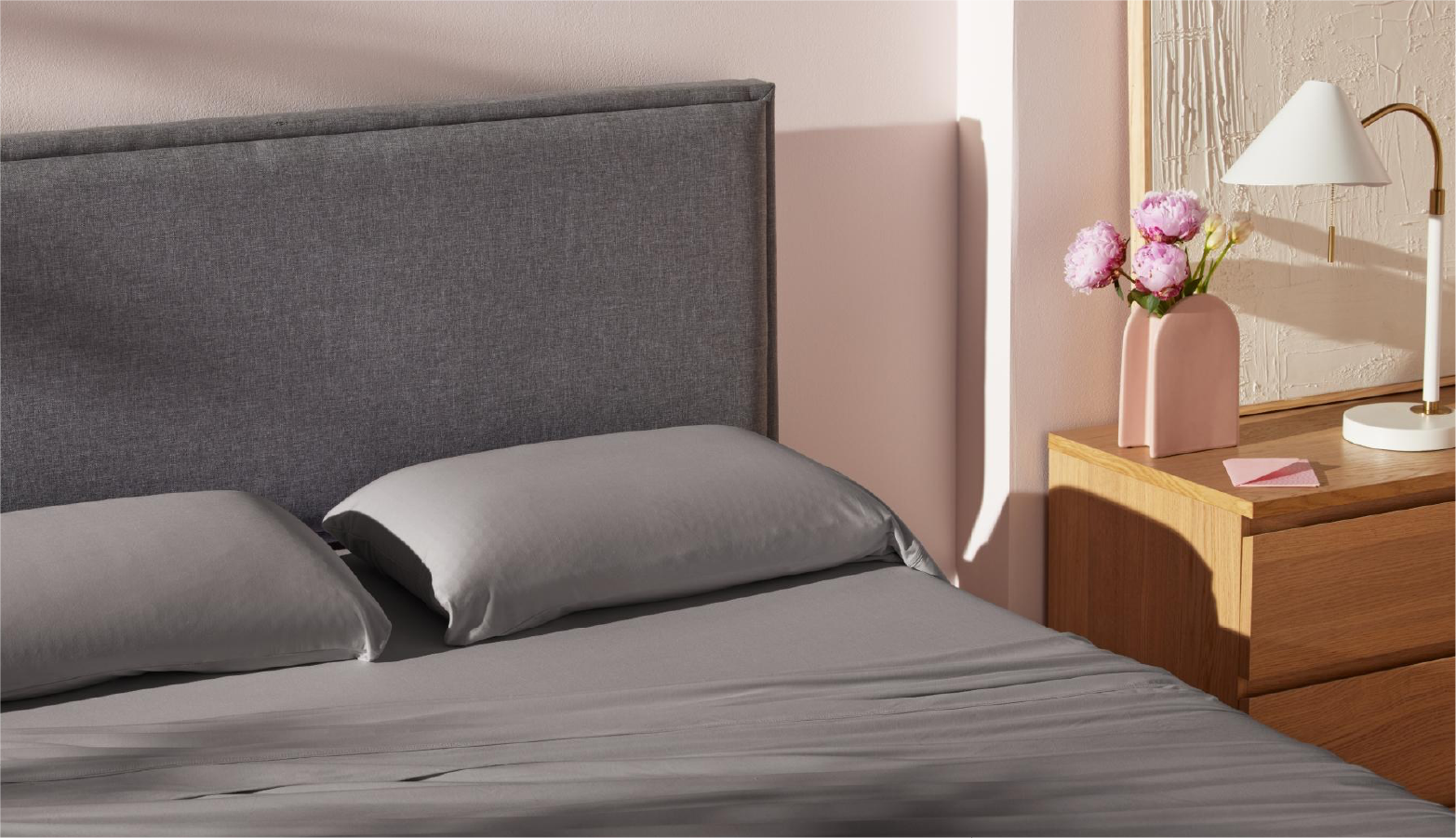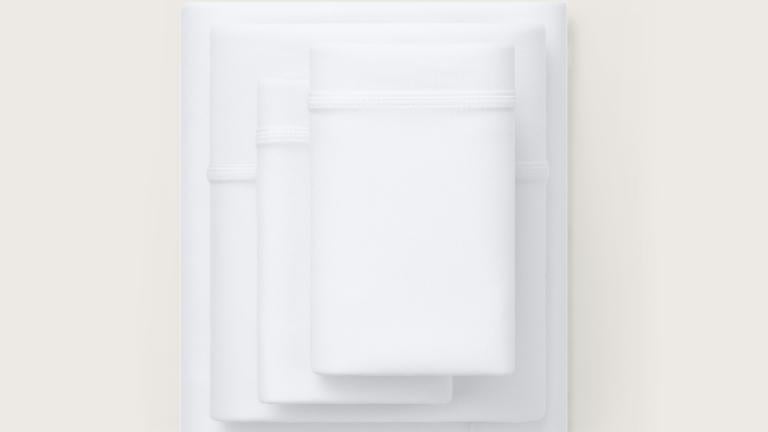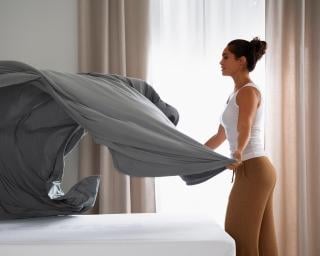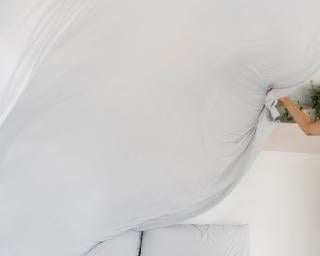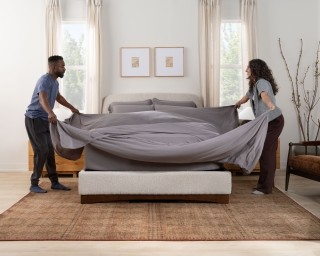
How To Buy Bed Sheets: A Comprehensive Guide & Flowchart
When learning how to buy bed sheets, personal sleep preferences play a major role. While factors like material and size matter greatly, too, it’s most important that you’re comfortable each and every night.
Sleep is precious. And shopping for anything that affects your sleep is therefore a big decision. After all, the wrong decision may result in being uncomfortable in bed.
Understanding how to buy bed sheets is one of the first steps in perfecting your sleep environment. From materials to thread counts to sizing, it can be confusing and overwhelming to know which sheets will ensure blissful sleep night after night.
If you’re shopping for sheets but don’t know where to start, this handy guide will help you find the sheets made for you. Purple has specially designed a variety of sheet sets that cater to specific sleep needs through gold-standard engineering and innovation. For sheets that are so much more than a sleep accessory, shop Purple’s sheets, bedding, and more.
Follow along to learn everything you need to know about buying bed sheets, from material to quality. Our flowchart can help guide you to what kind of sheet material is best for you.
1. Choose Your Material
Fabric material is the biggest determining factor in the feel and breathability of sheets. There are several types of bed sheets to choose from — each has its own set of features and qualities, but the best sheet material comes down to your preference and sleep needs.
The table below details the most common sheet materials and the pros and cons to consider for each type.
Material | Feel | Pros | Cons |
| Bamboo Viscose | Soft and smooth | Durable Breathable | More expensive |
| 100% Cotton | Crisp or smooth | Breathable and moisture-wicking Durable Softens over time | Sometimes prone to wrinkling May be noisy |
| Jersey | Soft and warm | Stretchy Affordable | Prone to shrinking Less breathable |
| Egyptian cotton | Smooth or crisp | Highest-quality cotton available Sometimes used in blends with other types of fibers | May feel stiff at first More expensive Requires more care |
| Linen | Crisp and cool | Softens with age and washes Natural fabric that's breathable | May feel scratchy or stiff at first More expensive |
| Flannel | Soft and warm | Great for cold climates Less likely to wrinkle | Prone to pilling |
| Polyester | Smooth and lightweight | Affordable Wrinkle-resistant Often used in blends with other types of fibers | Less breathable Synthetic fiber |
| Tencel | Soft and silky | Breathable Less likely to wrinkle | More expensive |
| Silk | Smooth and cool | Great for skin and hair
| More expensive Requires more care |
| Microfiber | Soft and warm | Affordable Easy to maintain | Synthetic fiber Less breathable Prone to pilling |
2. Understand Thread Count
Thread count is the number of threads or yarn in 1 square inch of fabric. While it’s important to be aware of thread count when buying bed sheets, the reason why might surprise you.
There’s a common misconception that high thread counts equate to high-quality sheets. This myth claims that fewer threads means lower quality; however, that’s not always the case. Thread materials vary in thickness, meaning a thicker thread material will likely have a lower thread count. Some breathable fabrics may also have lower thread counts to promote airflow.
There is no one-size-fits-all best thread count for sheets, and some materials don’t rely on thread count at all. So, be aware when shopping for sheets that some manufacturers emphasize thread count. In many cases, this is a marketing gimmick and has no bearing on sheet quality.
3. Learn About Weave
Weave refers to the pattern in which individual threads are sewn together to make a woven fabric. Different thread patterns — in conjunction with thread count — result in tighter or looser weaves.
Some sheet fabrics are constructed with a knitting technique using a single continuous thread, meaning there is no thread count.
The construction type and pattern of bed sheets play a significant role in a sheet's feel and durability. Tighter weaves are less pliable, meaning they are more prone to wrinkles. They also are less likely to unravel, making them a more durable option. Tighter weaves also limit other fibers — like hair and fur — from intertwining into the sheet’s fabrics, making them a better option for pet owners.
The most common textile techniques are:
- Percale weave: Crisp, durable, wrinkles easily
- Sateen weave: Soft, not prone to wrinkling but may be easier to snag
- Knit: Soft, temperature regulating
4. Factor in Your Sleeping Needs
Your ideal sleeping conditions and preferences are major factors to consider when searching for the perfect bed sheets. Here are a few things to keep in mind to help you choose the best bed sheet for you.
- Body temperature: Pay close attention to the sheet material's breathability, especially if you’re a particularly cool or hot sleeper. The more breathable a fabric is, the better it will be at keeping you comfortable while you sleep.
- Texture: Some sheet materials are naturally softer, while others have particular textures to them. If you like a smooth, cooling bed sheet finish, you might like silk or bamboo. If you crave a crisp feel, you may prefer cotton sheets. For a fuzzy, soft feel, opt for flannel sheets to stay warm.
- Restlessness: If you’re a restless sleeper who moves around throughout the night, you’ll want sheets that glide over your body, like silk, Tencel, or bamboo. Sheets that cling, like those made of jersey or flannel, can bundle underneath you and make it difficult to move, which might wake you up more frequently.
- Allergies: If you suffer from general allergies to dust mites and dander, you’ll want to consider a hypoallergenic bed sheet material with a tight weave, like cotton. Sheets made of natural fibers, like bamboo, are also good for those with allergies — unless your allergies relate to specific materials.
5. Determine the Size You Need
Your bed sheet size is likely the first thing you think of when creating a mental checklist of what bed sheets to buy. Much like Goldilocks, you don’t want your sheets to be too big or too small — you want them just right.
Bed sheets typically conform to standard mattress sizes, including:
- Twin
- Twin XL
- Full
- Queen
- King
- California king
- Split king
Mattress thickness is an additional dimension to consider. Most mattress depths are between 8 and 14 inches. However, some mattresses may be thicker, requiring sheets with deep pockets. Double-check the depth of your mattress to be sure your sheets wrap snuggly underneath your mattress corners.
6. Consider Quality
A sheet set is only as high quality as the material or blend of materials it uses and the level of care in production. Two sheet sets of similar fabrics could be drastically different in quality depending on production.
Loose threads or thin fabrics will wear more quickly. Similarly, sheets made of multi-ply threads might seem like they’d be higher quality. But oftentimes, their shorter, twisted fibers create a false sense of strength and more opportunities for fraying or snags. As noted above, high thread counts don’t indicate high quality.
All in all, it’s important to trust that the sheet manufacturer uses high-quality materials and attention to detail in production. Look for companies that are transparent with the materials they use.
7. Coordinate With Your Bedding
For a cohesive look, seek out sheets that match your bedding and overall bedroom aesthetic. Here are a few tips for coordinating sheets with bedding:
- Color-coordinate with your bedding versus color-matching.
- Stick to around three main colors within your bedroom and opt for various shades within those colors.
- Select a color from your bedding’s pattern (or vice versa).
- Consider color-matching your sheets to your bedroom curtains (assuming they pair well with your bedding, too).
- Mix patterns and solids.
- Combine patterns based on their scale, busyness, and design style (like organic versus geometric) to avoid clashing — for example, a medium-scale floral print with tight gingham or pinstripes.
- Mix different textures or textures with patterns.
8. Consider Purchasing a Set
Most bed sheets are sold as a set that contains a flat sheet, fitted sheet, and pillowcases (the number of pillowcases depends on the sheet size). However, some manufacturers sell sheets as individual pieces or with additional pillowcase separates.
Typically, purchasing a sheet set is the better option, as it comes with everything required to make a bed — minus blankets. It’s also often more affordable to purchase a sheet set if you plan to use every item.
For those who prefer not to sleep with a flat sheet, purchasing individual sheet items may make more sense.
9. Weigh Your Budget
A high-quality set of sheets may cost upwards of $200 or more, depending on your mattress size. While it’s reasonable to set a budget for upgrading your bedroom, it’s also worthwhile to purchase a set of high-quality, durable sheets that you love. Remember, investing in a restful night’s sleep is investing in your health.
What Kind of Sheets Should You Buy?
The biggest thing to remember is that each person has unique sleeping preferences, and what’s comfortable for you may not be comfortable for someone else. It might take some trial and error before you fall in love with a new set of sheets. Thankfully, we’re here to help you understand how to choose bed sheets.
Use our flowchart below to point you in the direction of what kind of sheet material is best for you.
Best Bed Sheets for All Sleepers
Purple offers the gold standard of sheets made for any type of sleeper, regardless of sleep preferences, age, or size. Between the Purple SoftStretch®, Complete Comfort, and Kids' Sheets, you’ll find the bedding that allows you to rest easily at night.
Purple SoftStretch®
Key benefits: Soft, stretchy, and adaptable
The Purple SoftStretch® Sheet Set lives up to its name with a blend of buttery soft bamboo and ultra-stretchy spandex. Whether your sleep oasis involves sleeping on a cool, soft bed or you’re simply over adjusting your fitted sheets every morning, Purple SoftStretch® sheets are for you. They flex throughout the night without sliding off mattress corners, offering unparalleled comfort.
When paired with a Purple mattress, Purple SoftStretch® sheets amplify the adaptive support and pressure point-cradling Purple mattresses offer.
Purple SoftStretch® Sheets details:
- Made of a cozy bamboo-viscose blend
- Flexes with your Purple mattress
- Stays snugly in place
- Fits twin/twin XL, full, queen, king/California king, and split king mattresses
- Available in true white, stormy grey, morning mist, and deep purple
- Includes a flat sheet, fitted sheet (two for split king), and two pillowcases (one for twin)
- Additional pillowcases are available with the Purple SoftStretch Pillowcase Set
Kids' Sheets
Key benefits: Soft, stretchy, and cuddly
The Kids' Sheets are cut from the same cloth as our SoftStretch® sheets but are smaller and perfect for a Purple Kid’s Mattress. Made of an ultra-stretchy bamboo blend fabric, these sheets offer a soft, snuggly feel while instantly adapting to a child's smaller frame.
Kids' Sheets details:
- Moisture-wicking for breathable, cool sleep
- Superior durability
- Fits twin and twin XL mattresses
- Available in pink, blue, and grey
- Includes a flat sheet, fitted sheet, and one standard pillowcase
Upgrade Your Sleep With Purple
When it’s time to replace your sheets, use our guide for how to buy bed sheets. Better yet, trust Purple and upgrade to our SoftStretch® or Complete Comfort sheets.
Mattresses flex and adapt to your body as you move in your sleep, but most sheets don't do the same. They gap, bundle, or slide with movement, creating a less than ideal sleep environment. All of Purple’s innovative sheets are designed to stretch with your body and mattress, allowing you to experience your mattress’s full comfort potential.
FAQ
The best sheets to buy come down to personal sleeping preferences. Each sheet material offers different benefits — some sleepers might prefer a bamboo material, like our Purple SoftStretch® sheets, while others may prefer cotton, like our Complete Comfort sheets. Use our flowchart above to help guide your buying decision for the best sheets for you.
When shopping for sheets, there are some materials, like nylon and microfiber, that might be more affordable but don’t maintain their quality over time. Additionally, high thread counts of well over 1,000 might signal that sheets aren’t high quality or durable.
No, there are no weighted top sheets available on the market today. Instead, sleepers can opt for a weighted blanket. Some weighted blankets are made relatively thin, similar to a top sheet.
Purple’s Bearaby® Weighted Blanket is made of a chunky organic cotton yarn weighing 20 pounds. Unlike other beaded weighted blankets, our hand-knit design encourages airflow to keep sleepers calm and cool.
Some of the smoothest, softest sheets are made of:
- Bamboo
- Cotton
- Silk
- Tencel
If you own multiple sets of sheets, we recommend replacing your bed sheets every two to three years or sooner if signs of wear or stains appear. Otherwise, consider purchasing a new set every six months to a year.
Bed sheets can randomly rip if they’re made of lower-quality materials or if you’re not following care instructions. Rough heels and sharp nails can also rip holes in sheets. To replace sheets less frequently and prolong their lifespan, buy bed sheets made of high-quality materials and follow washing instructions carefully.
More to Explore
Level-up your sleep routine with our most-loved products.
